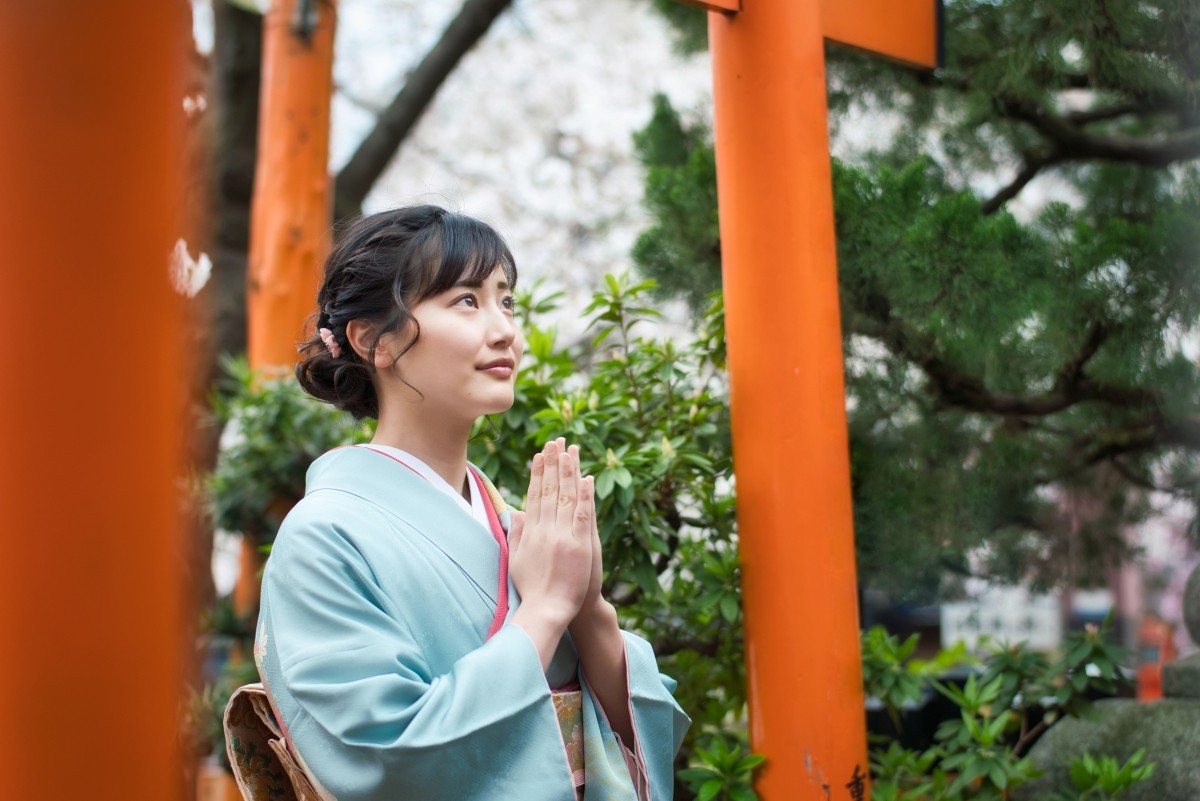
Make no mistake, although Japan may seem like one of the most modern and connected countries in the world, it is also steeped in traditions dating back centuries. One of the great joys of visiting Japan is to discover the complex and intricate culture that exists here, but with so much to choose from, here’s what should you absolutely make sure not to miss.
*If you purchase or make a reservation for the products or services introduced in this article, FUN! JAPAN will receive a commission from the sales proceeds.
1. Traditional Japanese Clothing: Kimono
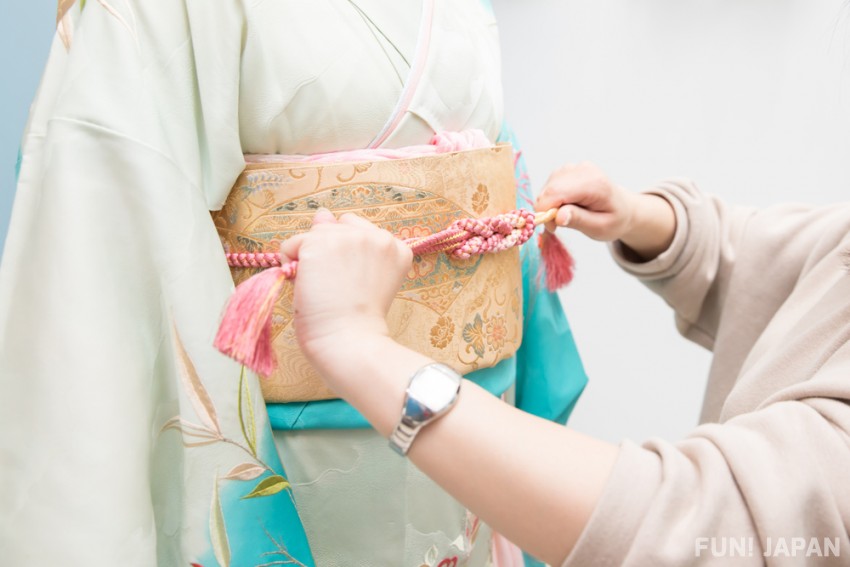
Kimonos are probably one of the first things that comes to mind for most people when they think of Japan.
Known for their exquisite design and detail, the kimono is essentially a long robe, secured at the waist with a broad sash called an obi. Especially for women, the color combination of the kimono and obi expresses a sense of the season and individuality.
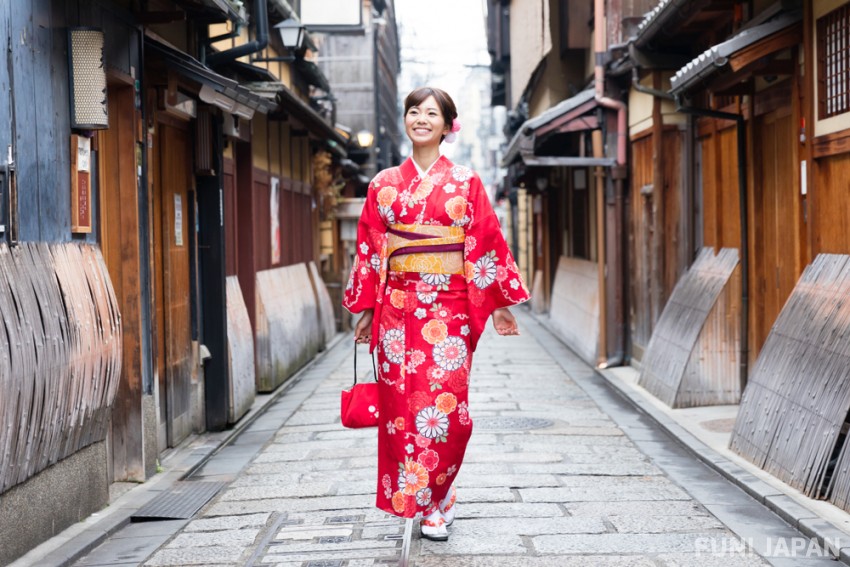
Kimono used to be commonplace in Japan, although nowadays, Japanese people usually only wear them for weddings, formal ceremonies or festivals. It takes several hours to get dressed properly in a kimono and that’s with someone to help you, unless you know the rope yourself, but if you get the chance to try one on, this is an experience not to be missed. At a rental shop often found around tourist spots, professional staff will help you put on a kimono, and there are shops where you can rent complete sets of undergarment, accessories, and hair accessories.
Related articles
- Now you can be a Japan guru too! Yukata v.s. kimono - comparing the features and differences from 4 perspectives
- Traditional Kimono: A Guide to Formal Dress Etiquette
- How to Wear a Japanese Kimono
- Beautiful Kimono Pattern! What is each Pattern for? What does each Pattern Mean?
2. Japanese Cuisine (Washoku)
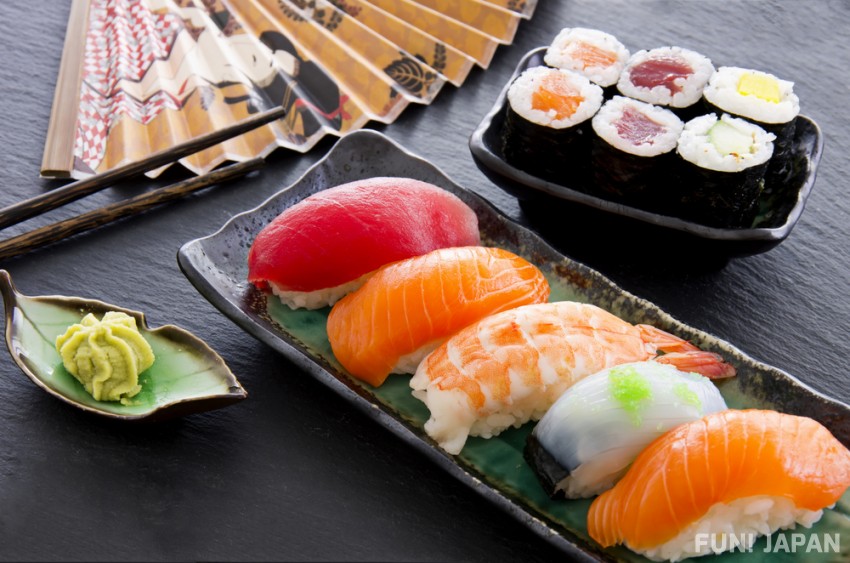
Japanese cuisine is popular all over the world and is registered as a UNESCO Intangible Cultural Heritage as "Washoku".
Sushi is the most well-known, but other famous dishes include sukiyaki, ramen, and soba. In addition, Japan is an island country, so you can catch a lot of fresh seafood. It is common to eat fresh fish and shellfish raw. If you come to Japan, be sure to try sashimi and kaisendon!
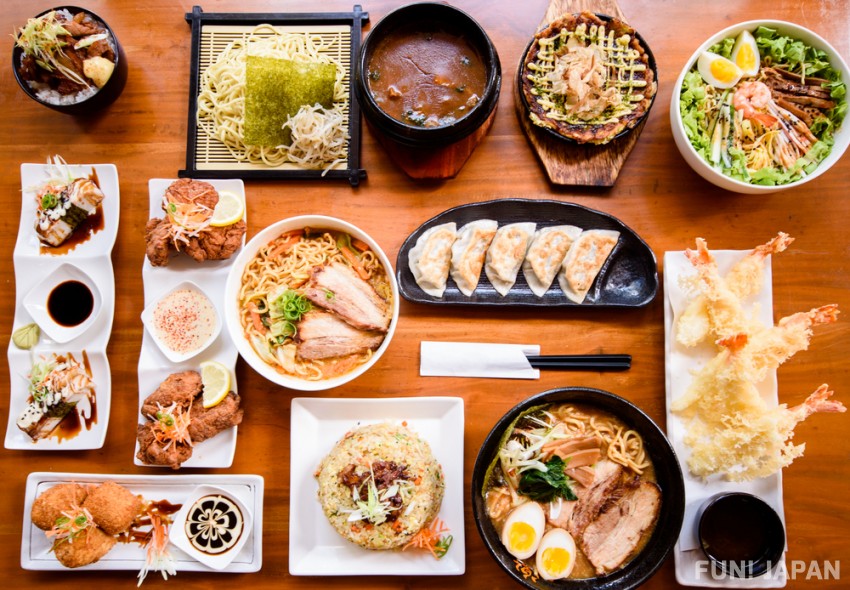
Another recommended gourmet meal during your visit to Japan is charcoal-grilled Wagyu beef "Yakiniku". "Yakitori" is charcoal-grilled chicken or wild meat. "Tempura" is fish and vegetables coated in a thin batter and deep-fried. "Teppanyaki" is meat and vegetables grilled on an iron plate. There are also sukiyaki, okonomiyaki, unagi-don or eel rice bowl, Japanese sweets...the list goes on and on.
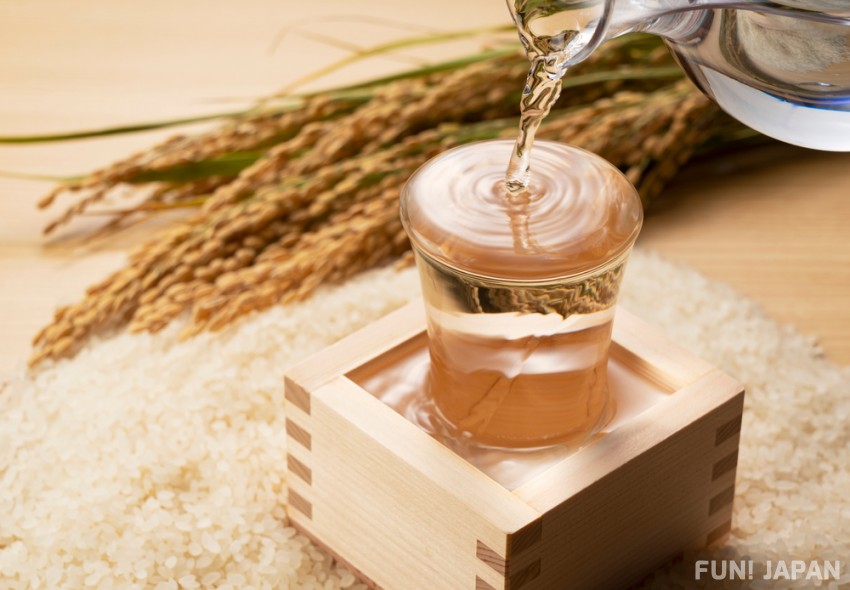
Sake is loved around the world with the words SAKE and Japanese Sake. A Japanese brewed sake made from high-quality rice, koji and clean water. Sake can be enjoyed at Japanese restaurants, restaurants, izakayas, bars, etc., as well as observing the manufacturing process at the brewery where it is produced.
🍣Private Tokyo Sushi-Making Class at 100-Year-Old Sushi Bar(byFood)Join your host Kazuki at his 100-year-old sushi restaurant in Shinjuku-ku to learn the craft of sushi making!
Related articles
- Trivia about Japanese food that you should know before going to a Japanese inn or restaurant
- Delicious! Fun! Enjoy the atmosphere of a Japanese festival at the "Kura Sushi" global flagship store
- All-You-Can-Eat Wagyu Beef? You Can Even Pour the Lemon Sour Yourself? 4 Recommended Hot-Topic Yakiniku Restaurants in Tokyo
3. Seasonal events: cherry-blossom viewing, autumn-leaf viewing, summer festivals, etc.
Japan has four distinct seasons, and there are events that take place at specific times through the year. Cherry-blossom viewing, autumn-leaf viewing, and summer festivals are especially popular among foreign tourists.
Hanami (cherry blossom viewing)
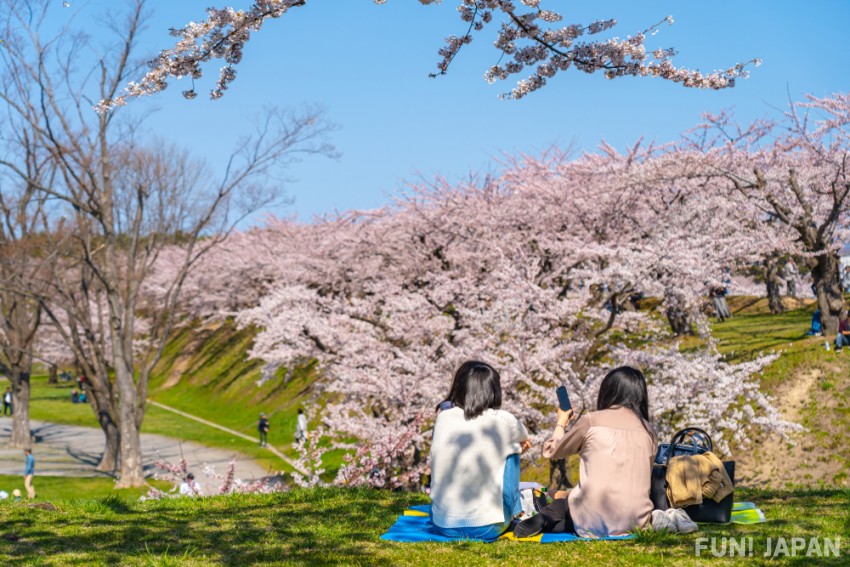
Japan is also known for its beautiful four seasons - cherry blossoms in spring, fresh green in summer, red leaves in autumn, and snow in winter.
Every spring, Japanese people celebrate the beauty and delicacy of sakura or cherry blossom as they bloom for just a couple of weeks. The pale pink blossoms are a beautiful sight contrasted against the almost black boughs of the tree, and it is customary to bring a picnic and enjoy the atmosphere under the cherry blossoms. Hanami or cherry blossom viewing is held all over Japan, and cherry blossom festivals are held at famous cherry blossom spots and parks in various places, including Hirosaki in Aomori Prefecture and Kakunodate Bukeyashiki in Akita Prefecture.
Cherry blossoms start blooming in Okinawa from late February to early March, and move northward to Honshu and Hokkaido as the weather warms. Because of Japan's vertically long topography, in Tokyo it often blooms at the end of March, but in Hirosaki in Aomori and Hokkaido it doesn't bloom until early May.
Summer festivals

Summer festivals are held all over the country in summer. People enjoy watching the mikoshi procession or enjoy street food and games. There are also festivals where spectacular fireworks are set off at night. Among them, the "Tohoku 6 Festivals*" held in the Tohoku region are some large-scale events that attract many tourists and are famous even in Japan. If you go in early August, you can participate in multiple Tohoku summer festivals in one week!
*Aomori Nebuta Festival, Akita Kanto Festival, Morioka Sansa Odori, Yamagata Hanagasa Festival, Sendai Tanabata Festival, and Fukushima Waraji Festival
Momijigari (autumn-leaf viewing)
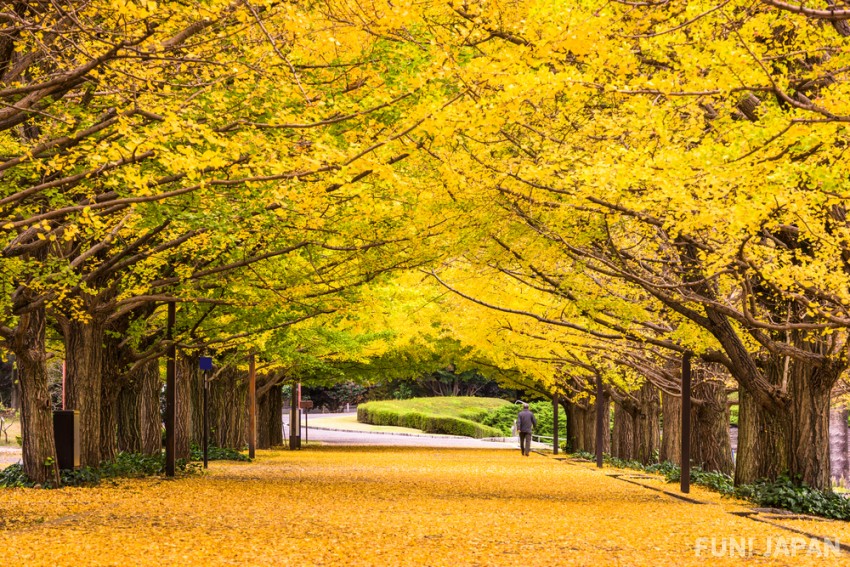
Autumn leaves viewing is also popular. You can see the scenery of Japanese gardens, parks, mountains and lakes dyed red with autumn leaves. The tree-lined road turns into a yellow carpet as the golden ginkgo leaves fall down. The best time to see the autumn leaves is from mid-September. Traveling south from Hokkaido in the north, the autumn foliage season reaches as far south as Tokyo, Osaka, and Kyushu from around October to November.
Related articles
- Visiting Japan During Sakura Season? Check this Article! - "Ohanami" Manners & What to Bring!
- You can see fireworks in both summer and winter in Japan! "Japan's Top Three Fireworks Festivals" & 3 best "Japan's No. 1" Fireworks Festivals
- 【Japanese Culture】Summary: basic knowledge that you should know before going to see autumn leaves in Japan
- Where to see the best autumn leaves spots in Tokyo? From parks, Japanese gardens, to shrines
4. Traditional Japanese architecture
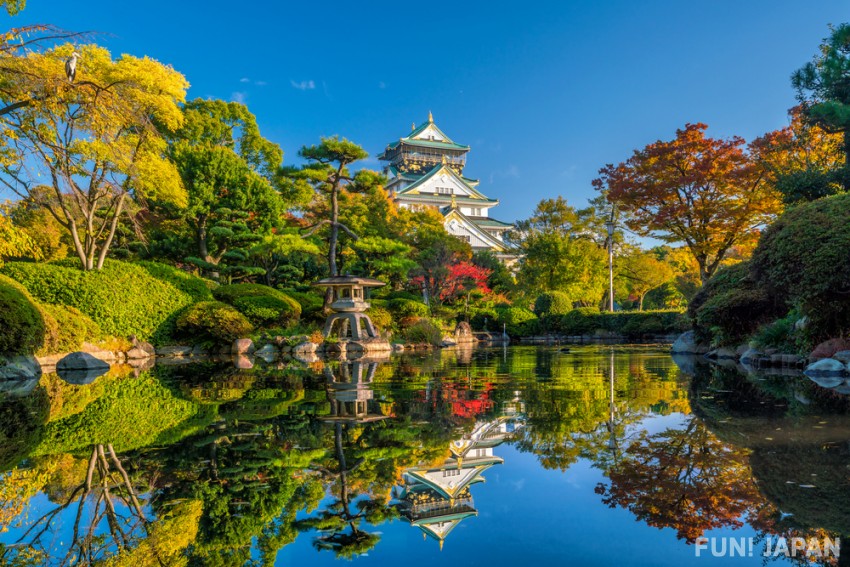
Japan is a country with over 2,000 years of history. For this reason, many of the old buildings such as gardens, shrines and temples, castles, and old mansions still remain as they were in the past, making it the perfect tourist destinations if you up for expericing traditional Japanese culture and history. For example, representative examples include Rikugien (garden) in Tokyo, Kiyomizudera (shrines and temples) in Kyoto, and Osaka Castle (castle) in Osaka. You can come into contact with Japanese Shinto and Buddhism at temples and shrines, and learn about Japanese history and culture at castles. It is also recommended to visit the Japanese garden where the flowers of the four seasons are in full bloom.
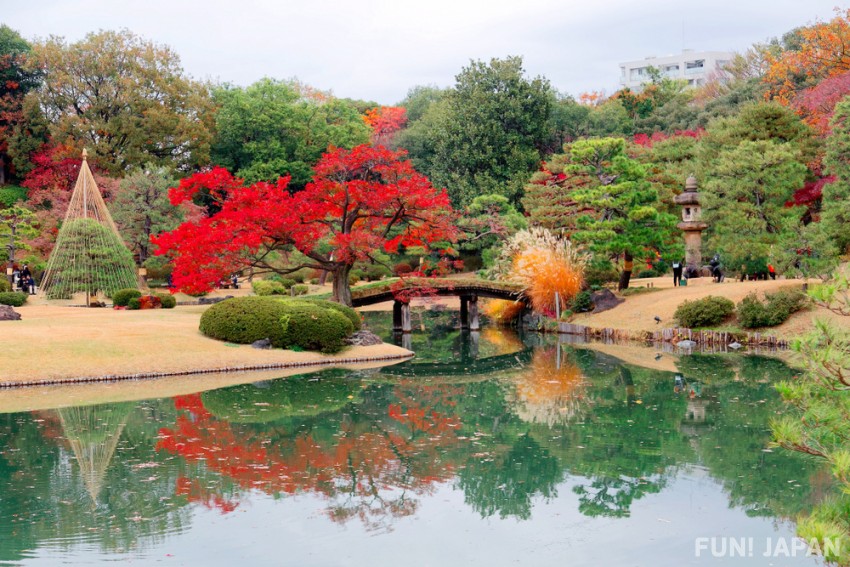
Horticulture in Japan has a long and illustrious history, and a garden here isn’t just a garden. For centuries, gardens were designed according to Buddhist philosophy and many still contain Buddhist elements such as a temple. Japanese gardens are meant to be designed with harmony in mind, so each element is carefully chosen and placed to balance and complement the others. This is why in almost any Japanese garden you can expect to find features such as trees, plants, carp ponds, stones, and wooden bridges, all combining to create a stylized and idealized version of Nature.
For example, among the types of Japanese gardens, one of the oldest styles is the "Karesansui" (枯山水). Karesansui is a garden constructed mainly of stones, without using water from rivers or ponds. Originally developed as a Zen Buddhist temple, it was created based on the idea that by meditating while looking at the garden as a "garden that connects this world and the world after death", one can go to paradise. Also, one of the characteristics and attractions of a Japanese garden is its harmony with itself and the scenery of the four seasons. There is a garden that reproduces the scenery that actually exists, and a garden that features seasonal flowers such as cherry blossoms and plums and autumn leaves.
Related articles
5. Japanese traditional performing arts
Traditional performing arts are performances of theater, music, and dance that have been handed down from ancient times in Japan. It is mainly divided into theater, performing arts, dance, and music.
Engeki (Theater)
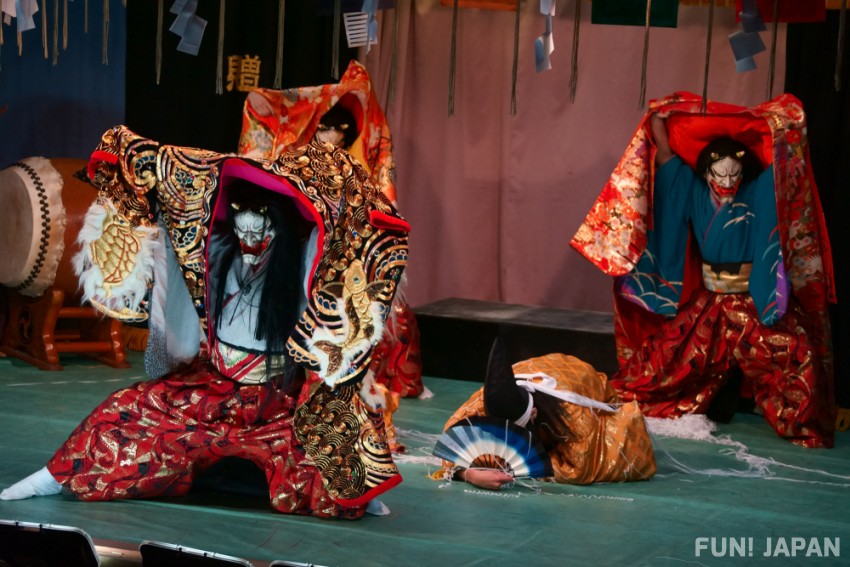
“Theater” is a stage production in which live performances are performed and stories are told. There is a wide variety of traditional performing arts, such as "Kabuki", which is famous overseas and represents Japan's traditional performing arts, "Nohgaku", a musical theater with supernatural themes in Noh masks, and "Bunraku" (Ningyo Joruri), in which a puppeteer manipulates puppets to the accompaniment of a shamisen accompaniment and narration.
Engei (performing arts)

A "Yose" is a public entertainment hall where Japanese performing arts are shown to the audience. “Engei” is a general term for popular performing arts that are presented to audiences using storytelling, singing, and magic. For example, "Rakugo" where one person plays many roles and tells comic stories, "Kodan" where a storyteller tells history while using a fan, and "Manzai" where a pair of comedians entertains the audience, are some famous Japanese performing arts.
Buyo (dance)
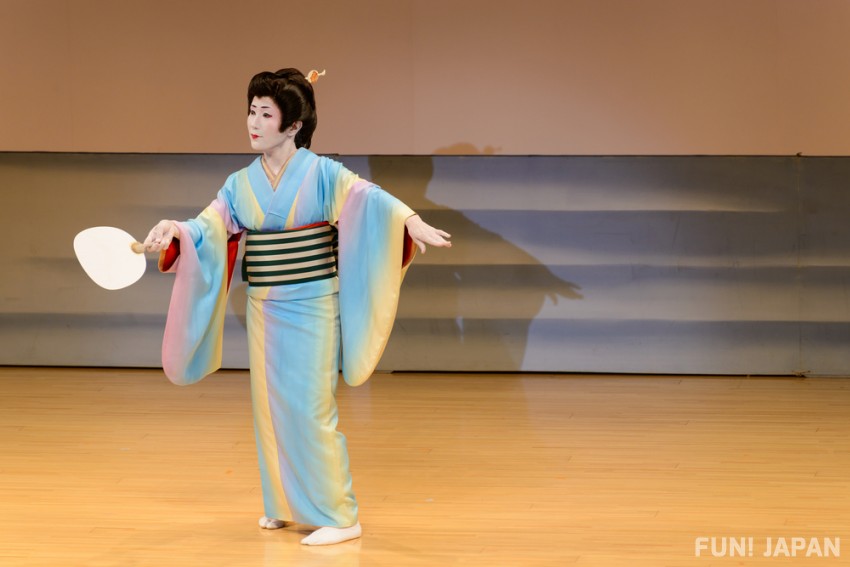
"Nihon buyo" developed based on the techniques of Kabuki dance. Japanese dancers in kimonos dance while moving fans and palms splendidly. Sometimes it depicts scenery, and sometimes it reproduces the appearance of various roles with beautiful movements of the body.
6. Three Japanese Artistic Accomplishments
Japan is a country that values history, tradition, and the spirit of hospitality, and there exist three major traditional artistic performances collectively called "Sando" (三道 - three 'arts'). Tea ceremony (茶道 / Sado - art of the tea), calligraphy (書道 / Shodo - art of writing), flower arrangement (華道 / Kado - art of flower), and incense (香道 / Kodo - art of the scent) are the main ones. The 'Sando' often refer to tea ceremony, flower arrangement, and incense, and calligraphy is sometimes included in the 'Sando'.
Tea Ceremony (Sado)
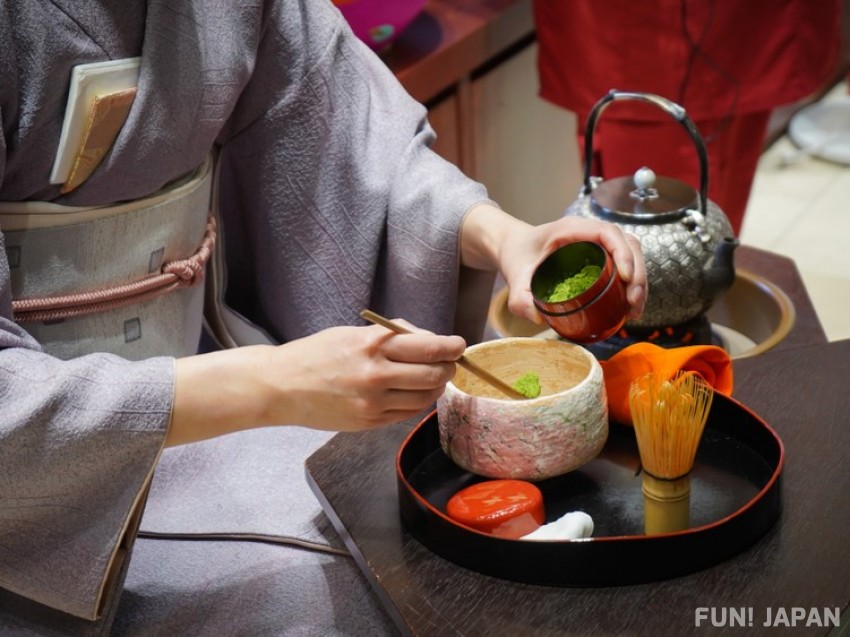
For many visitors, experiencing the Japanese tea ceremony is one of the highlights of their trip. The tea ceremony is a prescriptive and highly formalized ritual, performed as a kind of meditation and as a way of honoring guests and bringing people together. Many elements of Buddhism are incorporated into the tea ceremony. If you get a chance to take part, you will be able to try some bitter, yet delicious powdered matcha green tea which has been whisked with hot water during the ritual.
🌸Traditional Tea Ceremony in Ginza(byFood) Experience a traditional tea ceremony in an authentic tea house in bustling Ginza, Tokyo.
🌸Private Kyoto Tea Ceremony and Sweets Experience(byFood) Enjoy a traditional Japanese tea ceremony in Kyoto, Japan’s iconic city for ancient culture!
Calligraphy (Shodo)

Japan has a long tradition of creating some of the most beautiful calligraphy in the world as the Chinese characters used to write the language naturally lend themselves to the elegant inky brushstrokes used in this amazing craft. It takes years of study and practice to become proficient, and calligraphy is also seen as a way of relaxing and meditating as well as a creative pursuit. On a trip to Japan, you can learn the basics of Japanese calligraphy yourself, or simply buy some brushes or traditional ink paintings as souvenirs.
Ikebana or flower arrangement (Kado)

Ikebana or "Kado" is an ancient art of flower arranging that has its origins in Buddhist altar offerings. It is one of the three Japanese classical arts of refinement. The aim of Ikebana is to balance different elements to make a harmonious and aesthetically pleasing arrangement. It emphasizes form, minimalism and combining nature and humanity. There are many ikebana shows, often in parks or temple grounds, but if you stay in a traditional Japanese inn, you are likely to find an ikebana arrangement in the alcove in your room.
7. People who express Japanese Traditions
Sumo Wrestlers
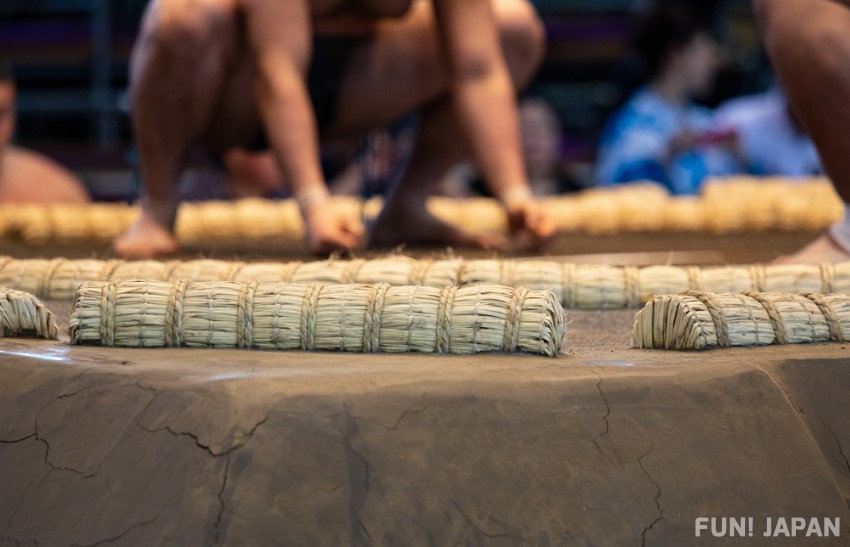
Sumo is Japan's national sport and one of the most traditional sports. Two sumo wrestlers, wearing silk loincloths called "mawashi" face off one-on-one on a sacred Dohyo (土俵 - the ring) stage. Before and after the battle, there are various rituals and behaviors, from when the sumo wrestlers and enter the ring to when they leave after the showdown. Sumo wrestling originated from Shinto rituals, an ancient Japanese religion. In addition, the highest ranked sumo wrestler, "Yokozuna" (横綱), is said to have derived from a special shimenawa woven from white hemp that was only allowed to be worn by particularly strong wrestlers at the time.
👉Sumo Wrestler Challenge and Lunch in Tokyo(byFood)Catch a rare glimpse behind the scenes of sumo, Japan’s national sport. Take a seat at Yokozuna Tonkatsu Dosukoi Tanaka to enjoy lunch alongside a sumo match before battling a former sumo wrestler.
Geisha and Maiko
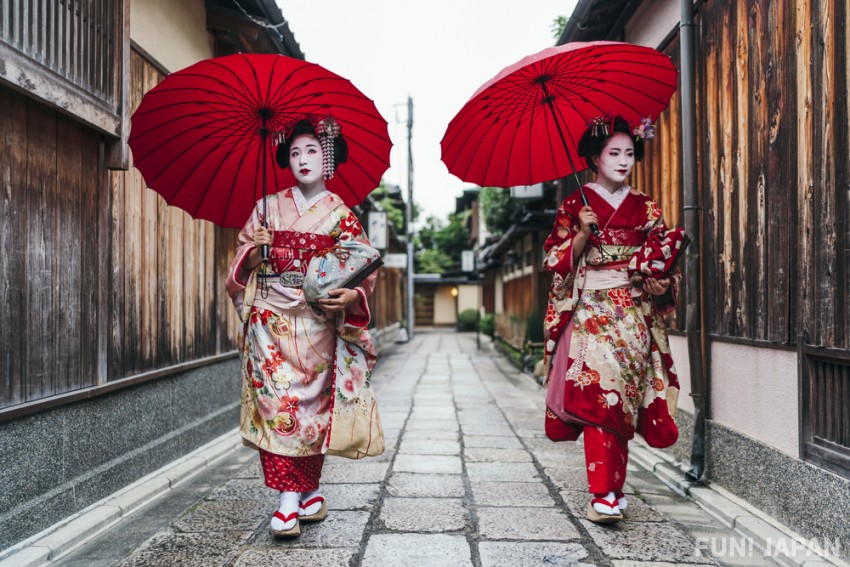
Geisha are the women wearing of kimono and special makeup, who entertain guests with performing the ancient traditions of art, dance and singing. Maiko is an apprentice geisha in Kyoto and Western Japan. They also sing, dance and play the traditional Japanese instruments for the guests. You can meet them mainly in Kyoto or a few in Kagurazaka or Asakusa, Tokyo.
Kabuki Actors

Kabuki is an age-old tradition of Japanese theatre, produced and played since the 17th century. Originally, kabuki was performed by women and young boys. However, mid-17th century, the style of kabuki changed and became a male-exclusive world. Since then, kabuki actors proudly carry the tradition and portray both male and female roles in a play. The art of kabuki is usually passed down generation to generation, from fathers to their sons. As such, there are many famous “kabuki families” in Japan that have a long-standing tradition of performing on stage.
8. Traditional Japanese Crafts
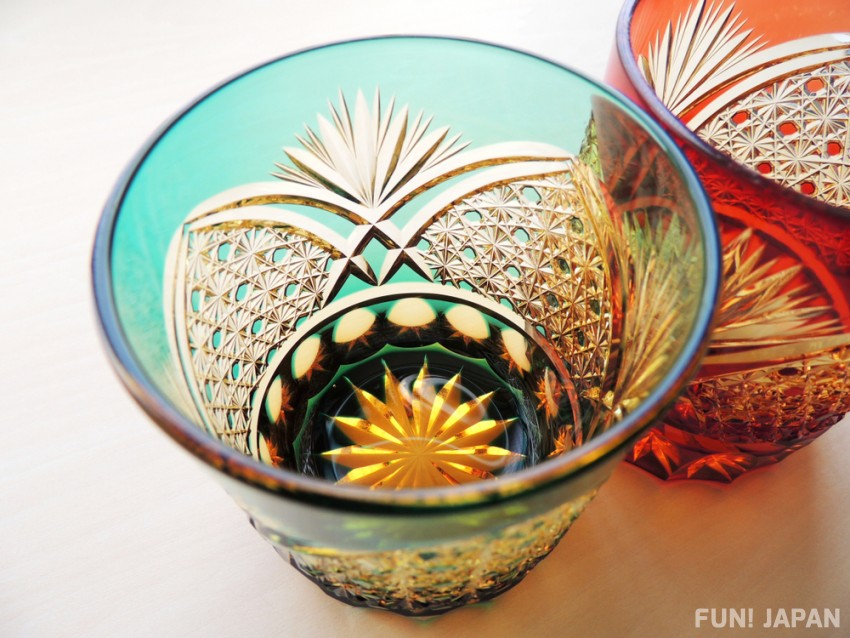
Japanese traditional crafts are handicrafts that have been produced mainly by hand using traditional techniques that have been used for over 100 years. Among them, there are 240 “traditional crafts” designated by the Minister of Economy, Trade and Industry that satisfy all five conditions (as of January 2023).
These wonderful crafts are sophisticated thanks to the spirit that has been maintained over the years and the craftsmen's skills and commitment. Nowdayas you can find a wide variety of crafts, from items that are used in everyday life to those that have been developed based on their artistic value.
For example, "Edo Kiriko", which expresses various patterns by cutting into the surface of glass, "Ningyo - Kokeshi", a traditional local toy, "Orimono (textiles)", which are produced with techniques unique to each region and are comfortable to the touch and durable, "Washi (Japanese paper)" and "Kanazawa foil" used in art works, various "ceramics" with painting, etc. If you have the chance, how about buying one as a local souvenir?
Washi
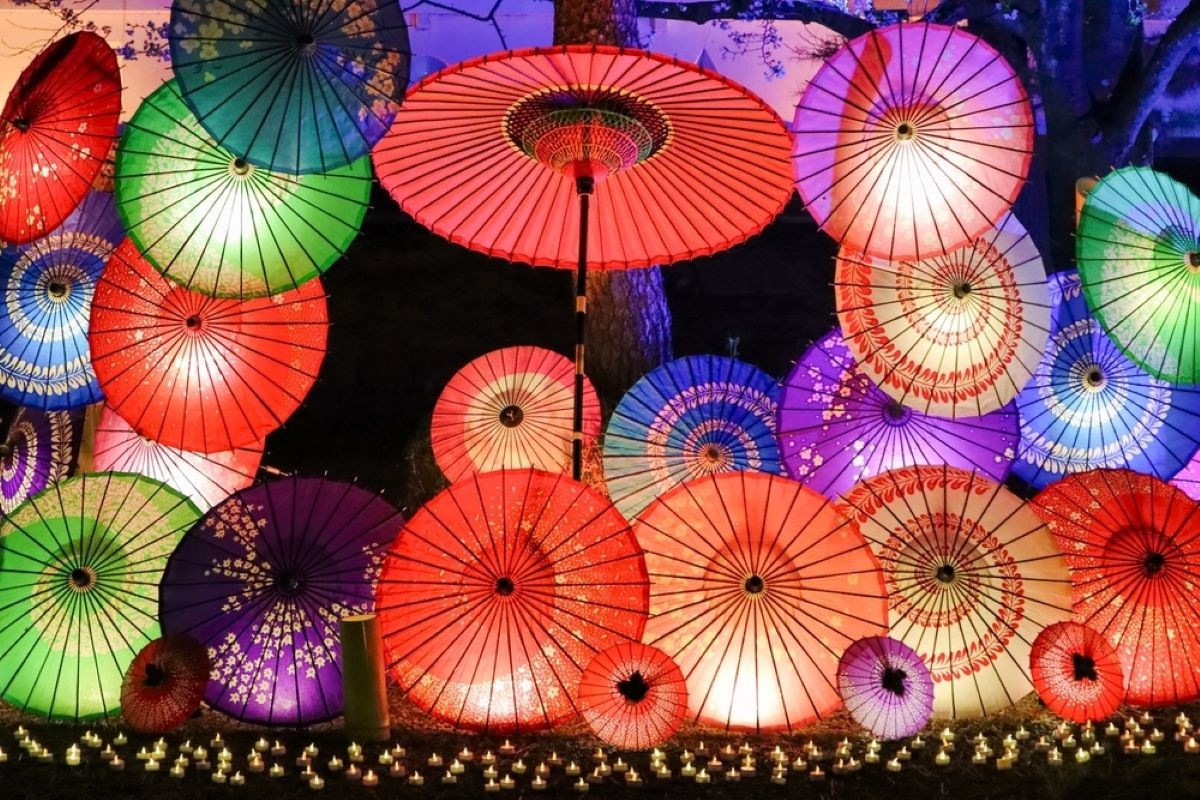
Washi, a material deeply rooted in Japanese aesthetics and traditional culture, is believed to have originated from China. During the Heian period (794-1185), it was popular among the nobility, and from the Kamakura period (1185-1333) onwards, as the political center shifted from the nobility to the samurai, the use of washi also spread in the world of the samurai. Furthermore, during the Edo period (1603-1868), it became widespread among the common people. Items such as Japanese umbrellas and shoji screens are made from washi.
With the spread of Western paper in modern times, washi experienced a temporary decline, but it has been revived due to the reevaluation of traditional culture, and now products that incorporate new technologies and designs are also being produced. In addition, Japanese hand-made washi technology was registered as a UNESCO Intangible Cultural Heritage in 2014, and has gained international recognition.
👉Unraveling the Types and History of "Washi", Japan's Intangible Cultural Heritage!
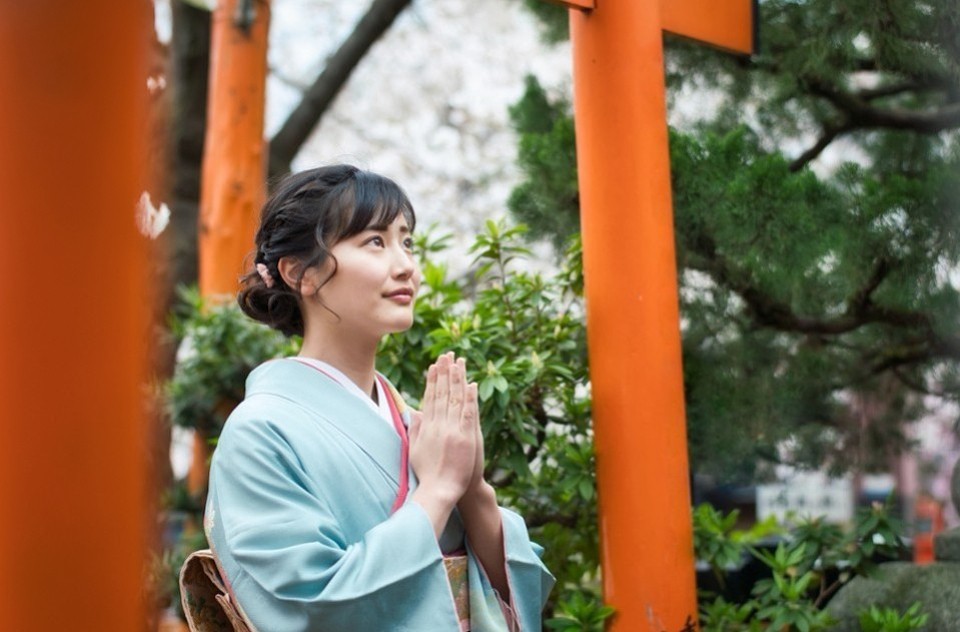

Comments